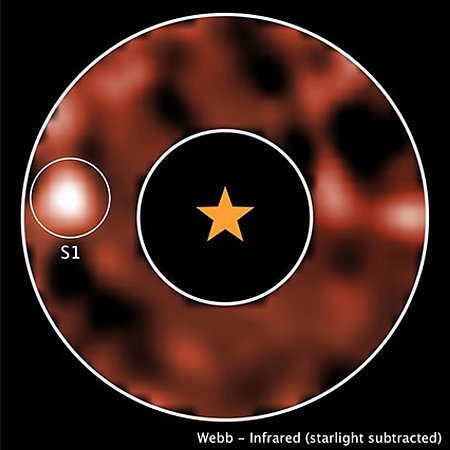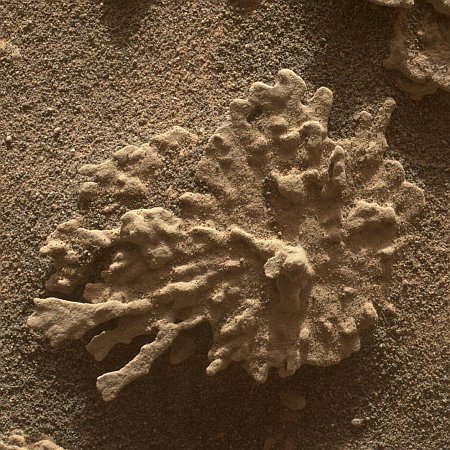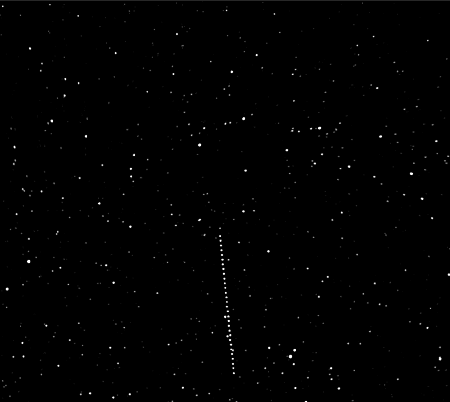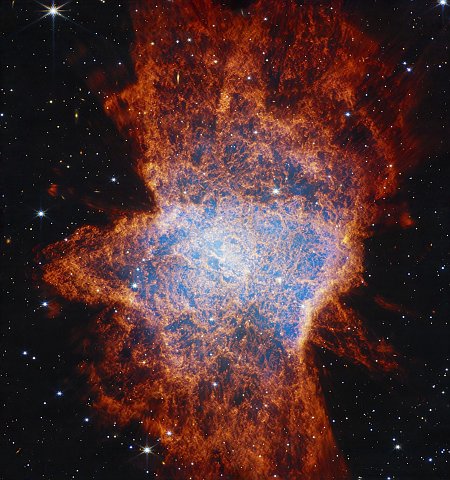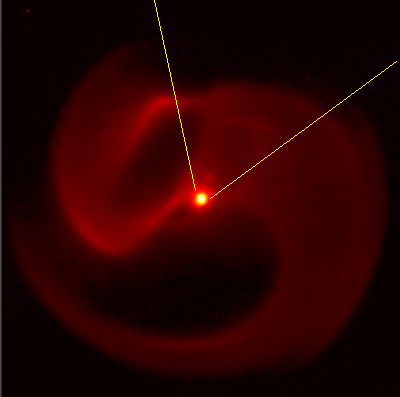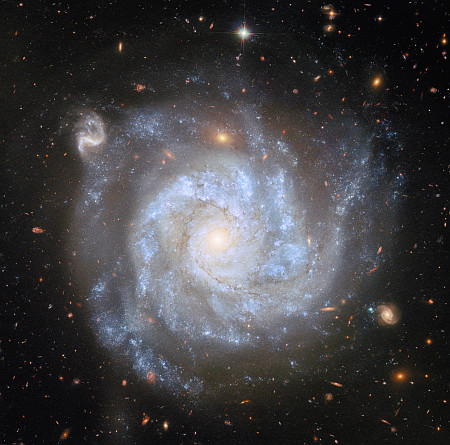Radar images of near Earth asteroid as it zipped past the Earth

Click for original. Go here for movie made from these images.
Using the Goldstone radar antenna in California, astronomers have produced a series of 41 radar images of the near Earth asteroid 2025 OW as it made a close pass of the Earth on July 28, 2025.
Those images, cropped, reduced, and sharpened to post here, are to the right.
The asteroid safely passed at about 400,000 miles (640,000 kilometers), or 1.6 times the distance from Earth to the Moon.
The asteroid was discovered on July 4, 2025, by the NASA-funded Pan-STARRS2 survey telescope on Haleakala in Maui, Hawaii. These Goldstone observations suggest that 2025 OW is about 200 feet (60 meters) wide and has an irregular shape. The observations also indicate that it is rapidly spinning, completing one rotation every 1½ to 3 minutes, making it one of the fastest-spinning near-Earth asteroids that the powerful radar system has observed. The observations resolve surface features down to 12 feet (3.75 meters) wide.
The asteroid’s fast rotation suggests it is a solid object, structurally strong, rather than a rubble pile held together loosely by gravity. It would thus be very damaging if it should ever hit the Earth.
No worries however. The refined orbital data says this asteroid will not come this close again in the foreseeable future.

Click for original. Go here for movie made from these images.
Using the Goldstone radar antenna in California, astronomers have produced a series of 41 radar images of the near Earth asteroid 2025 OW as it made a close pass of the Earth on July 28, 2025.
Those images, cropped, reduced, and sharpened to post here, are to the right.
The asteroid safely passed at about 400,000 miles (640,000 kilometers), or 1.6 times the distance from Earth to the Moon.
The asteroid was discovered on July 4, 2025, by the NASA-funded Pan-STARRS2 survey telescope on Haleakala in Maui, Hawaii. These Goldstone observations suggest that 2025 OW is about 200 feet (60 meters) wide and has an irregular shape. The observations also indicate that it is rapidly spinning, completing one rotation every 1½ to 3 minutes, making it one of the fastest-spinning near-Earth asteroids that the powerful radar system has observed. The observations resolve surface features down to 12 feet (3.75 meters) wide.
The asteroid’s fast rotation suggests it is a solid object, structurally strong, rather than a rubble pile held together loosely by gravity. It would thus be very damaging if it should ever hit the Earth.
No worries however. The refined orbital data says this asteroid will not come this close again in the foreseeable future.

